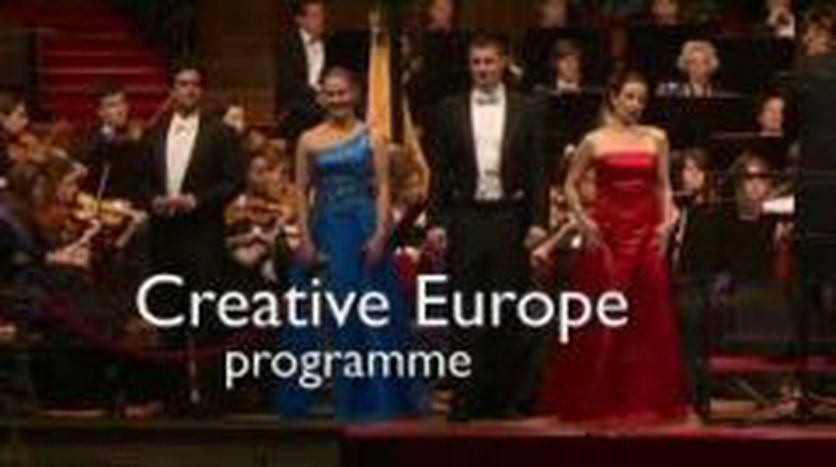
Creative Europe
Published on
By Agata On 23rd of November 2012 the European Commission introduced the Project of the new programme ‘Creative Europe’ which aims to stimulate cultural, creative and media sectors. The programme is adapted to the new financial framework for years 2014-2020. What is Creative Europe ?
The predecessors of ‘Creative Europe’, for years 2007-2010, were programmes ‘Culture’, ‘Media’ and ‘Media MUNDUS’.
This time the European Commission decided to combine these thematic areas and create one programme with three strands – ‘Culture’, ‘Media’ and ‘Cross-sectoral’. The proposed budget of different strands is 1,8 billion Euros – 900 millions for the audiovisual sector and 500 millions for culture. The project proposes an increase of the overall programme budget of 37% in comparison with the previous financial framework.
New introduced elements
he new Cross-sectoral strand will have two parts. The first will establish a Facility to improve the access of cultural and creative SMEs and organisations to finance by providing credit risk protection to financial intermediaries building portfolios of loans; it will also support capacity/expertise building to correctly analyse the relevant risks.
The second part of this Strand will include measures for the support of :
transnational policy cooperation and exchanges of experience between policy-makers and operators new approaches to audience-building and business models cultural and media literacy; and data collection including membership of the European Audiovisual Observatory.Funding will also be provided for the network of Creative Europe Desks (former Cultural Contact Points and MEDIA Desks, which will be now merged).
Old and new cultural programmes
EU programmes have to be adjusted to contribute 10-year long EU strategies – in this case, to the strategy EU 2020 - which means that they have to support priorities included in the strategy: economic growth, employment, innovation and social cohesion. That’s why the potential of cultural and creative industries to boost development, create jobs and open new markets is heavily underlined in the text of the proposal.
In light of the technological development, the opportunities offered to these sectors by the digital shift are also in focus of the programme. The innovative potential or cultural and creative sectors is mentioned in the text, without of course omitting the importance of culture as a carrier of values, knowledge and entertainment. This time, however, not only culture’s role in shaping of European democratic society , but also in economic development is being noticed and vocalized.
The work on the shape of the programme
The programme is supported by creative, cultural and audiovisual sectors, but the decision on its final shape is in hands of the European Parliament and the Council. The Council held a debate on ‘Creative Europe’ on the 10th of May.
Although overall supportive, cultural Ministers of the EU have still expressed some doubts about securing the increase of the budget for culture of 37% as well as and on the Commission's proposed loan guarantee scheme for small businesses operating in the "culture sector".
There is also an ongoing disagreement between the ministers concerning the merge of two different programmes into one project for culture and audiovisual sectors (due to the different characters of these sectors). In next months we will see what is the final decision of the European Institutions regarding the financing of cultural and audiovisual sectors over the years 2014-2020.



